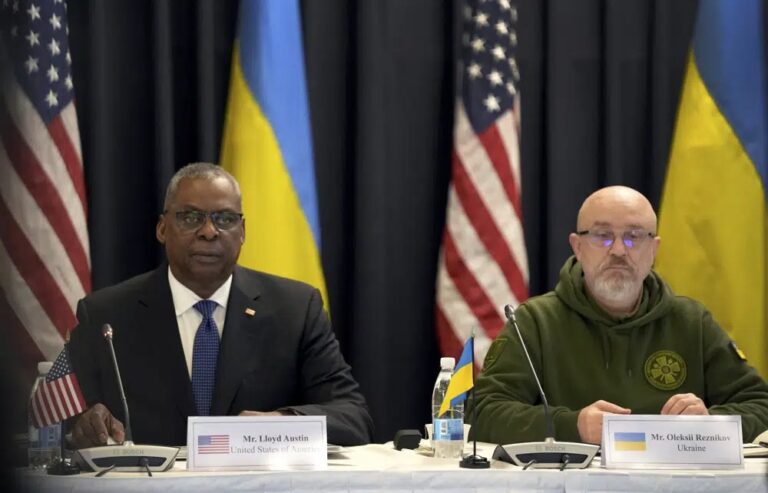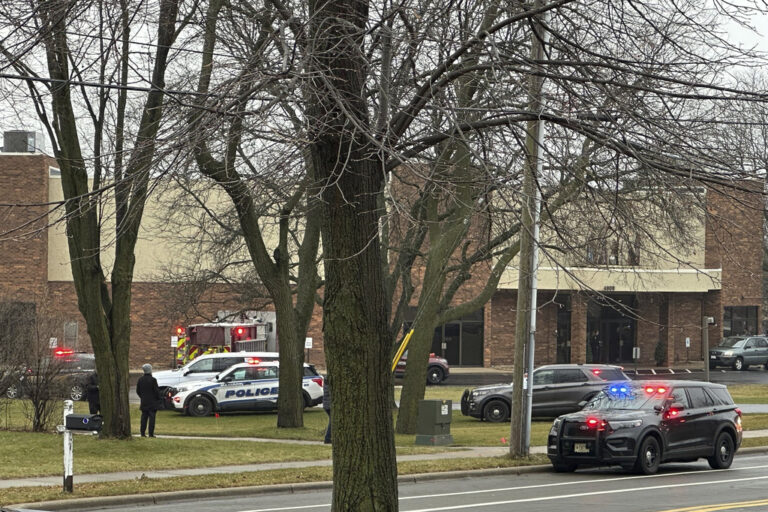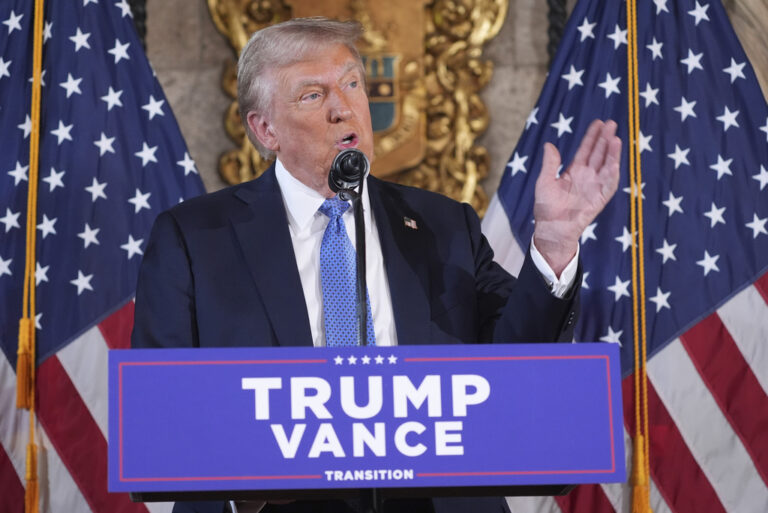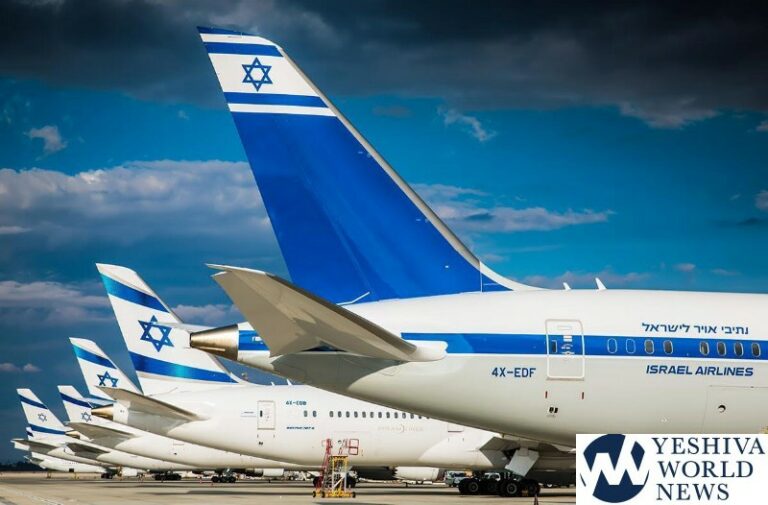Defense leaders gathered at Ramstein Air Base in Germany heard an impassioned plea for more aid Friday from Ukrainian President Volodymyr Zelenskyy as they struggled to resolve ongoing dissent over who will provide battle tanks and other military aid to his embattled country.
“This is a crucial moment. Russia is regrouping, recruiting and trying to re-equip,” U.S. Defense Secretary Lloyd Austin warned as the meeting opened.
Zelenskyy, speaking live via video link, told the gathering that “terror does not allow for discussion.” He said “the war started by Russia does not allow delays.”
Calling it a decisive moment for Ukraine and a “decisive decade for the world,” Austin said the group’s presence in Germany signaled their unity and commitment to continue supporting Ukraine.
“We need to keep up our momentum and our resolve. We need to dig even deeper,” Austin told the gathering of as many as 50 defense leaders who were attending in person and by video.
A Kremlin spokesman said the deployment of Western tanks would trigger “unambiguously negative” consequences.
“All these tanks will require both maintenance and repairs, and so on, so (sending them) will add to Ukraine’s problems, but will not change anything with regard to the Russian side achieving its goals,” Kremlin spokesman Dmitry Peskov said during a media briefing Friday.
Austin and U.S. Army Gen. Mark Milley, chairman of the Joint Chiefs of Staff, were expected to discuss the latest massive package of aid the U.S. is sending, which totals $2.5 billion and includes Stryker armored vehicles for the first time.
But broader hesitation over sending tanks to Ukraine has roiled the coalition. Germany faces mounting pressure to supply Leopard 2 tanks to Kyiv, or at least clear the way for other countries, such as Poland, to deliver the German-made Leopards from their own stocks.
The U.S. has also declined, at least so far, to provide M1 Abrams tanks, citing the extensive and complex maintenance and logistical challenges with the high-tech vehicle. The U.S. believes it would be more productive to send Leopards since many allies have them and Ukrainian troops would only have to get trained on that one, versus needing far more training on the more difficult Abrams.
The United Kingdom announced last week that it would send Challenger 2 tanks, describing it as a natural progression of military aid to Ukraine.
At a Pentagon briefing Thursday, spokeswoman Sabrina Singh said the Leopard and Challenger aren’t comparable to the Abrams tanks because the Abrams is much harder to maintain and wouldn’t be a good fit.
“It’s more of a sustainment issue. I mean, this is a tank that requires jet fuel, whereas the Leopard and the Challenger, it’s a different engine.” The Leopard and Challenger are “a little bit easier to maintain,” Singh said. “They can maneuver across large portions of territory before they need to refuel. The maintenance and the high cost that it would take to maintain an Abrams — it just doesn’t make sense to provide that to the Ukrainians at this moment.”
The latest package of U.S. aid includes eight Avenger air defense systems, 350 Humvees, 53 Mine Resistant Ambush Protected (MRAP) vehicles, more than 100,000 rounds of artillery ammunition and rockets, and missiles for the High Mobility Artillery Rocket System. It was announced Thursday by the Pentagon.
Germany’s new defense minister, Boris Pistorius, who took office Thursday just an hour before he met with Austin, was among the defense leaders attending the Ramstein meeting. Referring to the tanks, he told ARD television he was “pretty sure we will get a decision on this in the coming days, but I can’t yet tell you today how it will look.”
Other pledges announced ahead of the Ramstein meeting included S-60 anti-aircraft guns from Poland with 70,000 rounds of ammunition, additional Stinger air-defense systems and two M-17 helicopters from Latvia, and two Russian-made Mi-8 helicopters and dozens of L-70 anti-aircraft guns with ammunition from Lithuania.
Nearly 11 months into the Russian invasion, Zelenskyy has expressed frustration about not obtaining enough weaponry from the Western allies.
Speaking by video link on the sidelines of the World Economic Forum’s annual meeting in Davos, Switzerland, on Wednesday, the Ukrainian leader offered a veiled critique of major supporters such as Germany and the U.S. that have hesitated on sending tanks.
Bemoaning a “lack of specific weaponry,” Zelenskyy said, through an interpreter, “There are times where we shouldn’t hesitate or we shouldn’t compare when someone says, ‘I will give tanks if someone else will also share his tanks.’”
German officials have conveyed their hesitancy to allow allies to give Leopards unless the U.S. also sends Ukraine the Abrams, according to a U.S. official who wasn’t authorized to comment and spoke on condition of anonymity. But there have been no signs the U.S. is shifting its decision to not send Abrams. The issue is expected to be a key topic at Friday’s meeting.
Milley told reporters traveling with him this week that complex new U.S. training of Ukrainian troops, combined with an array of new weapons, artillery, armored vehicles heading to Ukraine, will be key to helping the country’s forces take back territory that has been captured by Russia in the nearly 11-month-old war.
The goal, he said, is to deliver needed weapons and equipment to Ukraine so the newly trained forces will be able to use it “sometime before the spring rains show up. That would be ideal.”
The influx of new weapons, tanks and armored carriers comes as Ukraine faces intense combat in the country’s east around the city of Bakhmut and the nearby salt mining town of Soledar. The battles are expected to intensify in the spring.
(AP)











